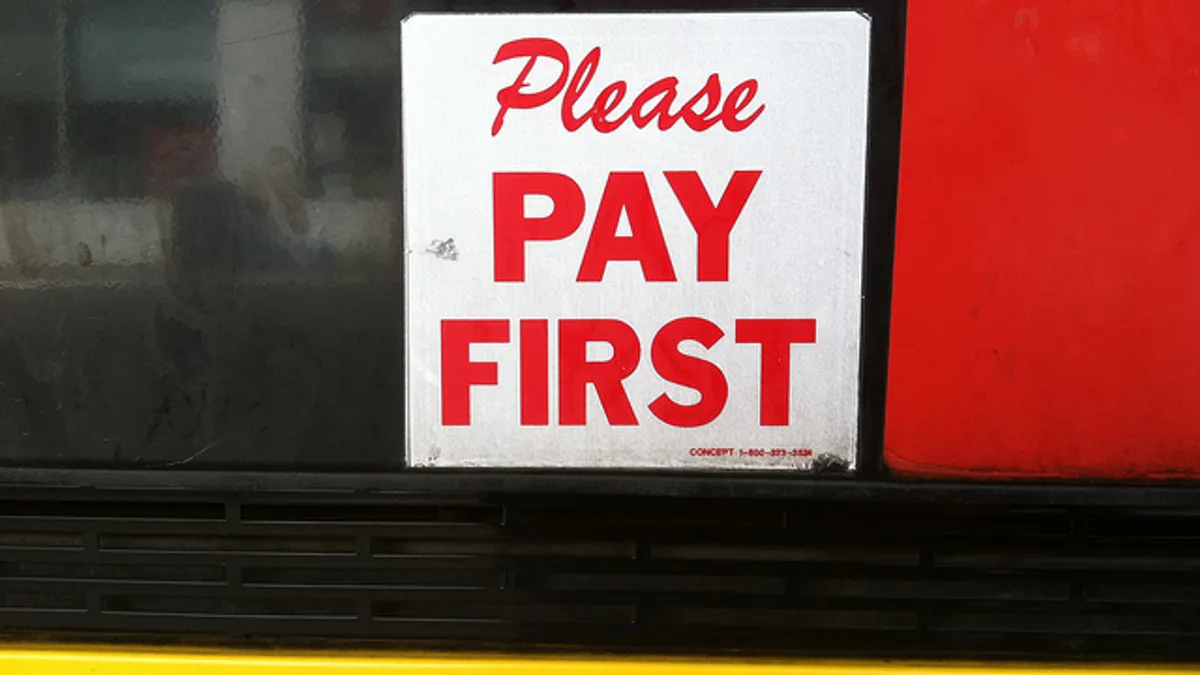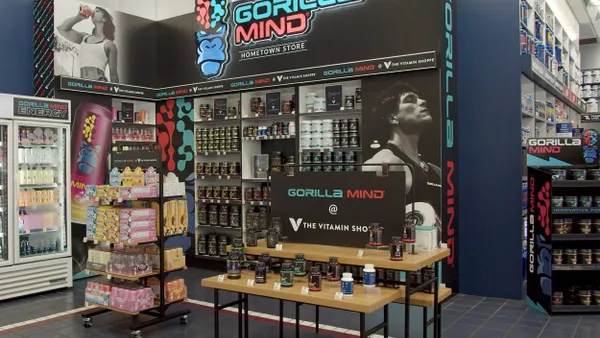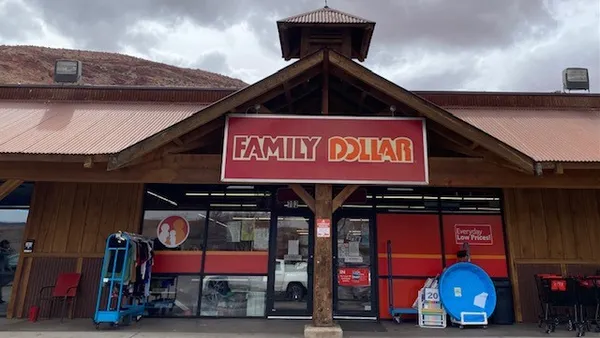Dive Brief:
-
Retailers and payments companies need to explore ways to allow shoppers to bypass the “necessary evil” of having to stop and pay for items on the way out of a store, according to Anita Liu Harvey, vice-president of strategy and innovation at Barclaycard, who spoke at the 2017 Retail Business Technology Expo this week, Computer Weekly reports.
-
The key to creating more seamless and positive customer experiences, Liu Harvey said, is allowing shoppers to pay through credentials or details that are already stored with the retailer. She cited emerging click-and-collect services as one way to take traditional payment steps out of the in-store experience.
-
She also advocated for companies to engage customers on mobile channels while they are shopping in stores as a way of enhancing their overall in-store shopping experience.
Dive Insight:
Want a frictionless checkout process and happy customers? Don't make them pay.
While that's not exactly what Liu Harvey said, she did identify one of the big pain points in the shopping process — payment — which can cause some customers to abandon purchases if they feel the checkout line is too long. It's a pain point that also has been identified by others, including Amazon, which took it to heart in its futuristic plan for checkout-free Amazon Go.
There are probably many other ways to go about eliminating the in-store payment process, whether it's advancing contactless payments to the point where shoppers don't even need to take their phone out of their pocket, or having some other automated way of initiating payment before (or even after?) they leave a store.
The click-and-collect model is getting increased attention from retailers, though some are still supporting it only in a limited number of stores, and even retailers that offer the capability are often not very vocal or energetic about marketing it.
New ways of paying (or not paying) fit in pretty well overall with the changing nature of brick-and-mortar stores. Liu Harvey also spoke about the use of in-store "endless aisle systems" that allow customers to view selections not in stock in a store, but order them while in store — essentially the "showrooming" trend in action. In those cases, payment could occur in a number of different, non-traditional ways, and customers might even leave the store without their purchases in-hand, having them delivered directly to their home. No payment and no shopping bag? Now, that's frictionless.













